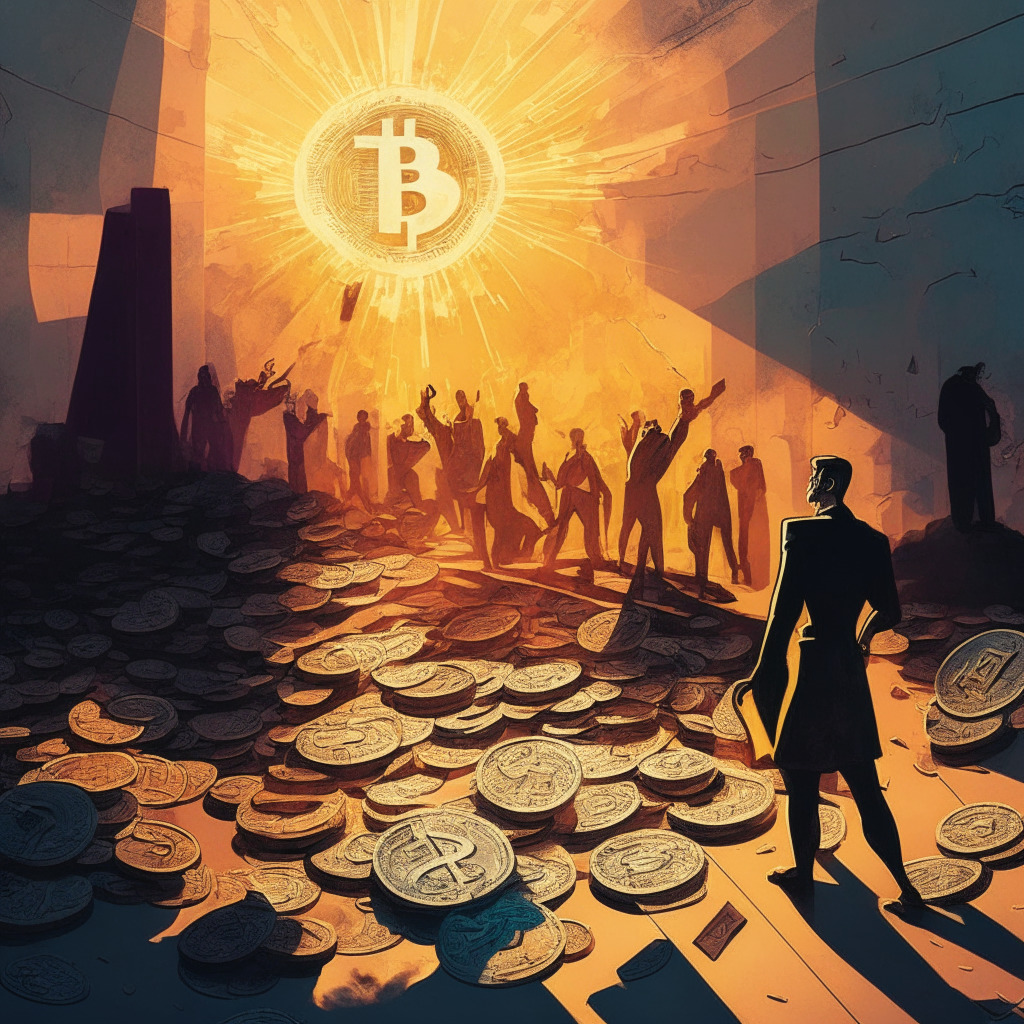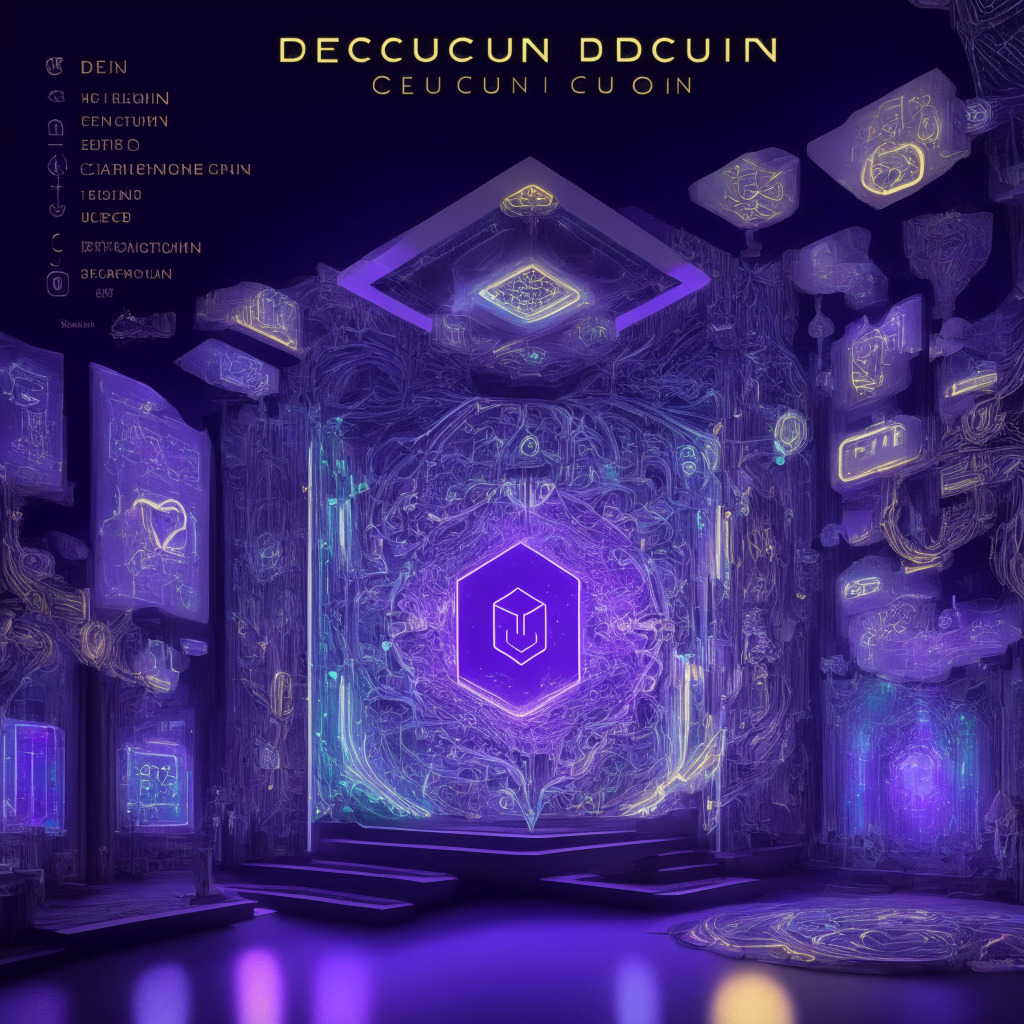Stablecoins could play a crucial role in countering the impact of Operation Chokepoint on the cryptocurrency sector. As governments, banks, and corporations attempt to stifle the growth of decentralized technology, stablecoins may provide a solution to the banking crisis currently facing crypto companies in the United States. By leveraging stablecoins to minimize bank dependency, the crypto industry can continue to work toward establishing an autonomous and parallel financial system.
While crypto has always been touted as a means of promoting financial inclusion, ironically, the banking crisis has effectively de-banked the crypto industry itself, at least in the United States. Crypto-friendly banks such as Silvergate, Silicon Valley Bank and Signature have faced regulatory pressure that some have dubbed “Operation Chokepoint 2.0.”
The harsh response from regulators aligns with expectations, but it doesn’t change the fact that their actions are self-destructive. By stifling innovation, regulatory authorities are ultimately hurting the financial stability of the United States. Additionally, the average U.S. taxpayer is bearing most of the brunt, despite staying within the legal limits.
One potential solution lies in stablecoins – cryptocurrencies whose values are pegged to a reserve of stable assets such as fiat currency. By leveraging stablecoins like the proposed NakaDollar (NUSD), a Bitcoin-based stablecoin, crypto companies can continue to operate without reliance on banks. Using stablecoins in this way could provide the necessary fiat tokenization services that banks currently offer, while minimizing counterparty risks.
However, it should be noted that stablecoins are not without their own risks. Such assets have come under significant scrutiny following the disastrous TerraUSD crash last year. This event wiped out an ecosystem worth $40 billion and provided a harsh lesson in due diligence, overexposure, and risk management.
Despite these challenges, innovation remains the greatest strength of the crypto sector. Proposals like NUSD showcase the industry’s willingness to tackle regulatory uncertainty head-on, with the goal of reducing attack surfaces for regulators while providing more robust alternatives to legacy financial systems. The journey toward a more equitable, individual-centric world of crypto was never meant to be easy, but through continuous innovation, the industry will overcome these hurdles and build a better future for all.
Source: Cointelegraph




